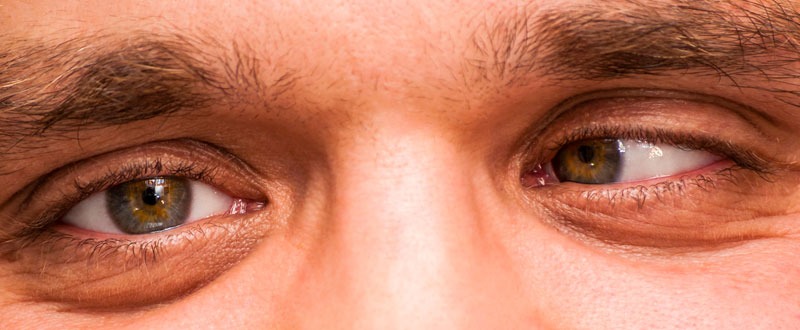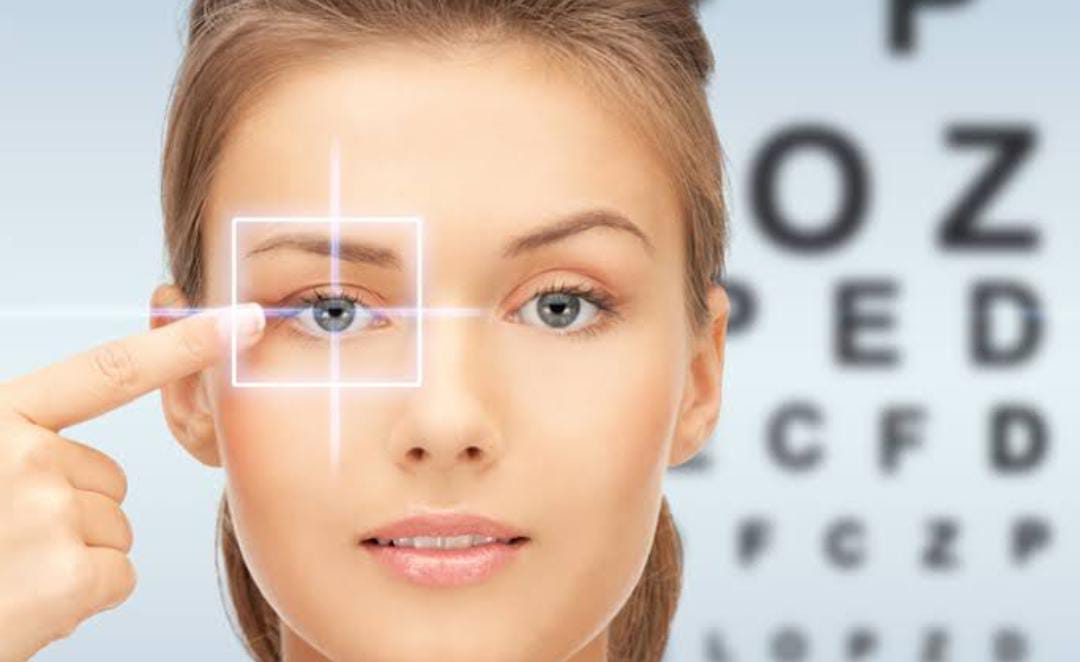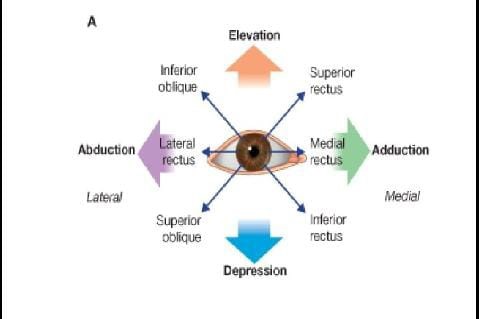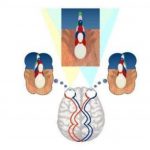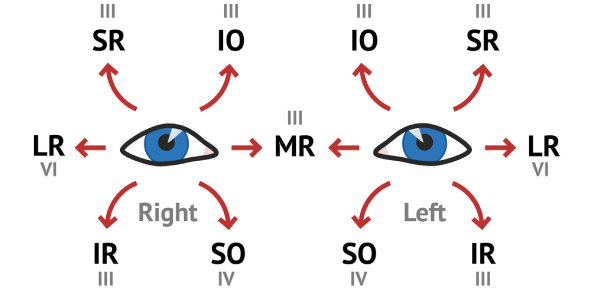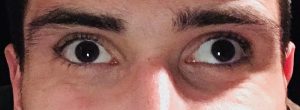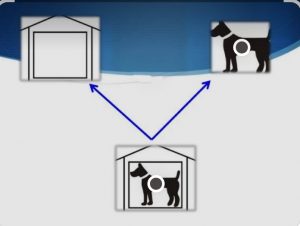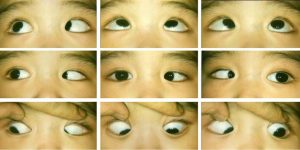Latent squint is also known as heterophoria. The word ‘latent’ means hidden. It can be described as a condition in which an eye is maintained at the point of fixation in the position of rest or primary position and even during movement of the eyes but only under stress. The corrective fusion reflexes help the eyes to maintain such position. As soon as the removal of the fusion is initiated, the eye having the condition moves to a different side, that is the deviation of the visual axis of one eye is noticed.
Types of latent squint
1.Exphoria- The tendency of divergence of the eyes is observed in exophoria. The process is a passive one. The amplitudes of fusion are generally used to check the squint. Deviation less than 9prism diopters is considered non-significant. It has three types-Excess divergence, basic and weakness in convergence.
2.Esophoria- In this case, the deviation tendency of the eyes is inwards. Hypermetropia, high AC/A ratio, increased rate of near work can be considered as it’s causes. Excess convergence, basic and weak divergence are it’s three types.
3.Hyperphoria-The eyes tends to deviate in a direction that is upward and the axis is vertical axis and the fusion amplitudes are used to check it.
4.Hypophoria-The deviation of the eyes is to the downward section of the eye around a vertical axis.
5.Cyclophoria-In this phoria, the eyes have a tendency to rotate around their antero-posterior axis. Incyclophoria and excyclophoria are the two types of cyclophoria. Cornea’s upper pole rotates inward and the the same moves outward in the phorias respectively.
6.Anisophoria-It is the type of phoria in which the degree of imbalance of the muscles depends on the direction of the gazes that are conjugate in nature.
Causes of latent squint
Static causes:The orientation, shape and size of the orbit , the pupillary distance between the two eyes can be the causes. Exphoria can be caused by wide IPD and small IPD can result in esophoria. Extra-ocular muscle strength, , volumes of the tissues and the ligaments, optical axis variations that are seen on the eye.
Kinetic causes: Age is a factor in these causes. The younger age people mostly suffered from esophoria and the older people have esophoria. When accommodation is used in excess, it causes esophoria as in case of hyperopia and are also associated with people involved in near work. Less use of accommodation causes exophoria as in cases of simple myopia. Excess convergence causes esophoria and less use of it causes exophoria as seen in patients of presbyopia. People using uniocular microscopw or in watchtowers suffer from exophoria.
Neurogwnoc causes: The disease in the motors neurons that is situated in the lower part of orbit causes incomitant heterophoria and the disease of that situated in the upper part results in comitant heterophoria.
Diagnosis of the latent squint
There are several tests to determine the latent squint. Three of them are discussed here. They are as follows :
1.Cover-uncover test-One eye is covered letting the other eye fixate a point. Then the same eye oa uncovered and the direction, degree and the speed to recover the primary position are observed and noted. The same is repeated for the fellow eye. The motor fusion strength can also be determined by the ease and speed of recovery.
2.Alternate cover test:This test is done after performing the cover -uncover test. The occluder is moved rapidly from one eye to another to cover them alternately, and note of the degree and time of recovery of precious position is taken. The straight position of the eyes are maintained in patients haing a compensated latent squint, whereas decompensation to manifest squint occurs in patients with poor control.
3.Maddox rod: The patient is asked to fixate at a spot light with one eye while placing the maddox rod on the other eye and the question of whether the patient can see the passing of the maddox rod is seen through the fixation light observed by the other eye. The prism required to pass the rod through the light gives the degree of the deviation.
These are the few ways of measurement of the squint and there are several other ways.
Management:
Esophoria:Bifocal glasses or use of miotica are effective in cases having no refractive error of hypermetropia. If it is present than refraction should be done. Patients having non-accommodativw esotropia, base-our prima can be used. The squint is undercorrected to prevent inactivity of the mechanism of fusion divergence.
Exophoria:The patients having exophoria do not require any kind of treatments as such. Minus lenses can be used as bifocals if lower segment in exodeviation associated with convergence insufficiency and the same can be used as upper segment bifocals in acses of divergence excess exodeviation. Prisms can be used.
Hyperphoria:The prism are used in these cases with the apex of the prism towards the hyperphoric direction.
The patients having moderate amount of latent squint, orthoptic exercises shod be choice of treatment for those patients. Finally the surgeries are a choice for the high degrees of squint.
